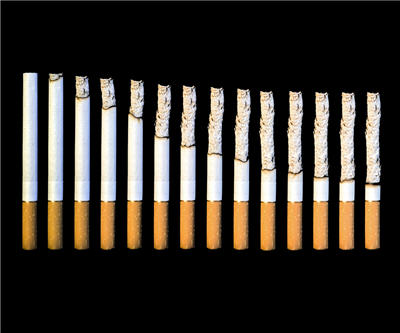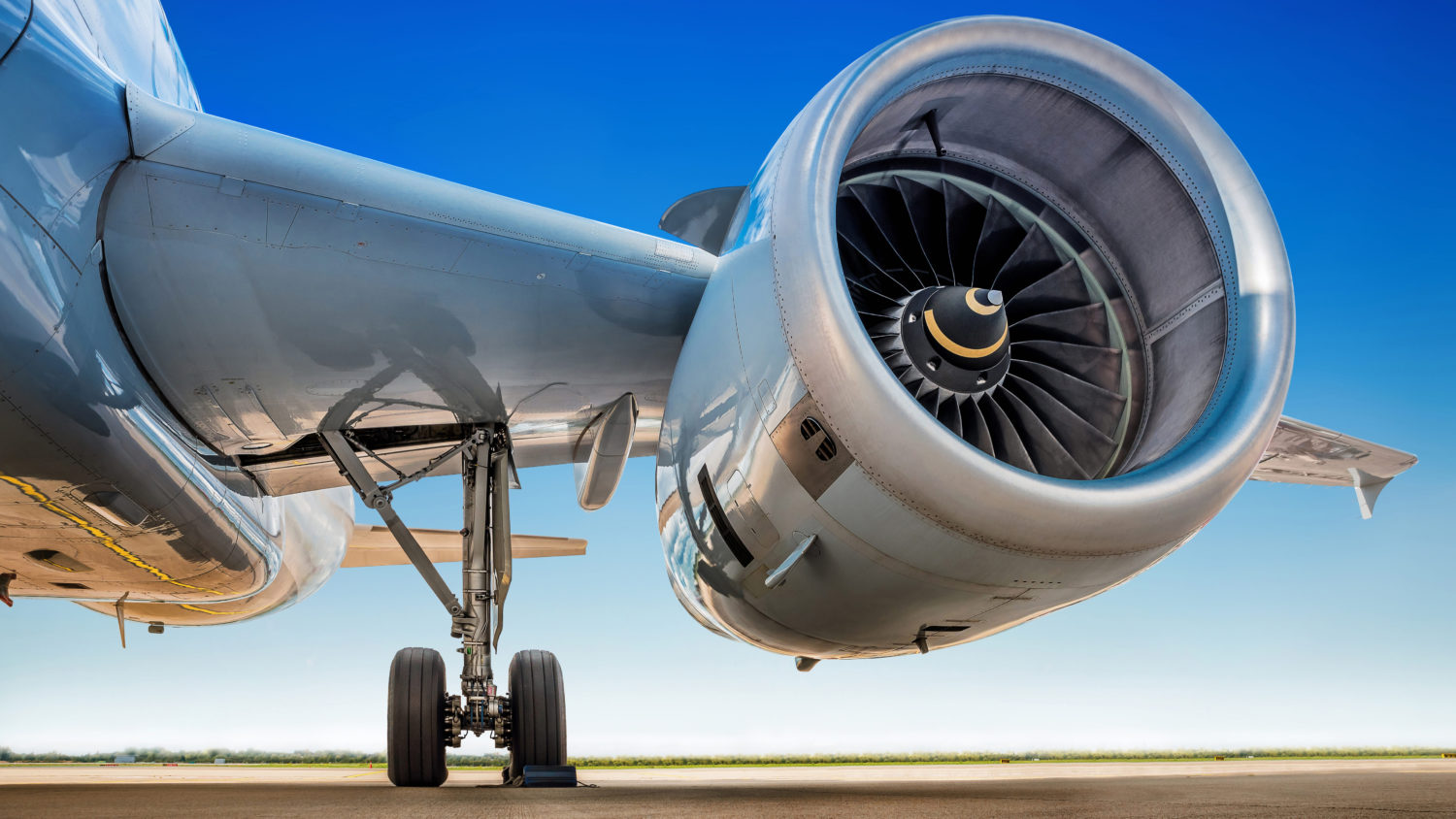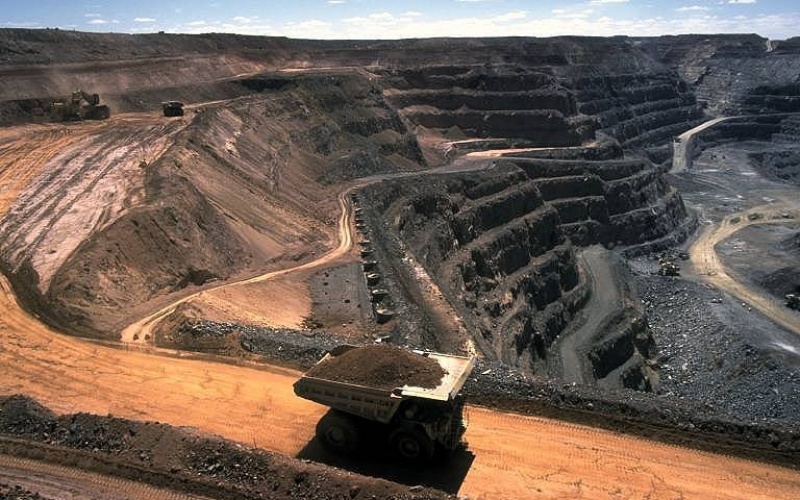Wrong again Dr Copper: The best indicator of Chinese growth has slowed to 3.6%

Friday saw a broad rally in metals and minerals with copper – the bellwether of the industry – adding 3% to bring its gains over the past month to more than 15%.
Given its widespread use the power, telecoms and construction sectors the movement in the copper price is often seen as an indicator of trends in economic growth and the reason why economists refer to it as Dr Copper.
But the recent spike in the price – largely driven by Chinese stimulus plans – may prove to be overoptimistic.
China dominates the global trade in metals and this week outgoing premier Wen Jiaboa reassured the world that China would meet its official target of 7.5% GDP growth this year despite “significant stress” on the world’s second largest economy.
Not that the official figures have all that much relation to reality – the ruling communist party often uses it as a political tool. Most analysts regard it as not much more than a reference point and prefer to concentrate on indicators that is less open to manipulation.
The best of these alternative indicators is total electricity consumption. The Chinese National Energy Administration said Friday that that measure, which has already slowed sharply in recent months, showed growth of only 3.6% from last year. Year to date the increase is 5.1%.
Another indicator favoured by China watchers is rail cargo volume. Here the news is worse: July figures (August numbers are not released yet) show volumes 8.2% below the same month last year according to figures from the National Bureau of Statistics.
China recorded GDP growth of 9.2% in 2011 and annual growth has averaged 10.4% since 2001, peaking in 2007 at 13%.
So even in the unlikely event that the 7.5% figure is reached it would constitute a significant decline from the type of growth rates that kicked off the commodity supercycle.
More News
Mulberry Industries, Ramaco Resources enter rare earth offtake MOU for Brook mine
January 02, 2026 | 03:05 pm
US must ramp up titanium capacity to avoid squeeze, Project Blue founder says
January 02, 2026 | 02:02 pm
{{ commodity.name }}
{{ post.title }}
{{ post.date }}






Comments